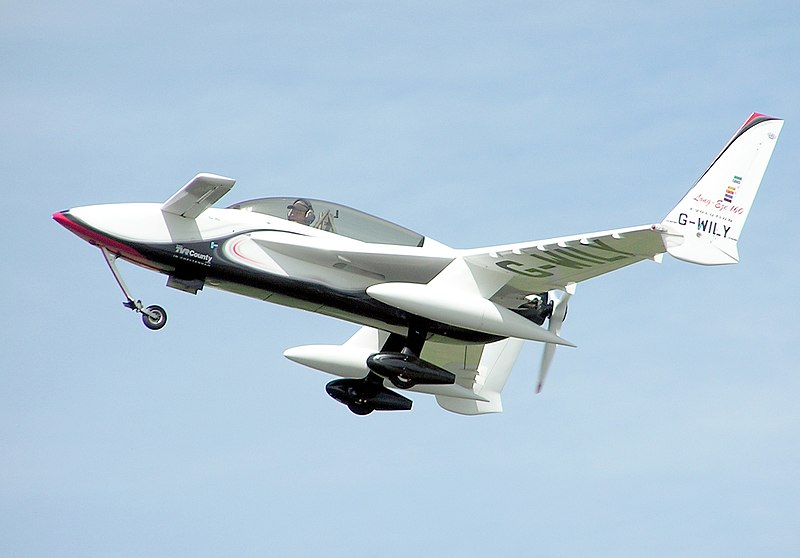Lake Michigan
I've flown over Lake Michigan over a waypoint named BRAVE, once. Everything was fine and I saved time going home but my stress level increased. The next time I took that trip I flew around Chicago, over land, because I didn't want the stress. Would everything have been fine, yep, because I arrived with no problem. If I had a backup engine I would have gone over the lake. I suppose the question is, if the airplane had a backup engine (turbine) would it be used to do more? For trips over Kansas probably not needed.
V1 pulse jet test, why I don't believe they are the solution.
https://www.youtube.com/watch?v=Rdwbp6R2qM8
I've flown over Lake Michigan over a waypoint named BRAVE, once. Everything was fine and I saved time going home but my stress level increased. The next time I took that trip I flew around Chicago, over land, because I didn't want the stress. Would everything have been fine, yep, because I arrived with no problem. If I had a backup engine I would have gone over the lake. I suppose the question is, if the airplane had a backup engine (turbine) would it be used to do more? For trips over Kansas probably not needed.
V1 pulse jet test, why I don't believe they are the solution.
https://www.youtube.com/watch?v=Rdwbp6R2qM8
Last edited:





